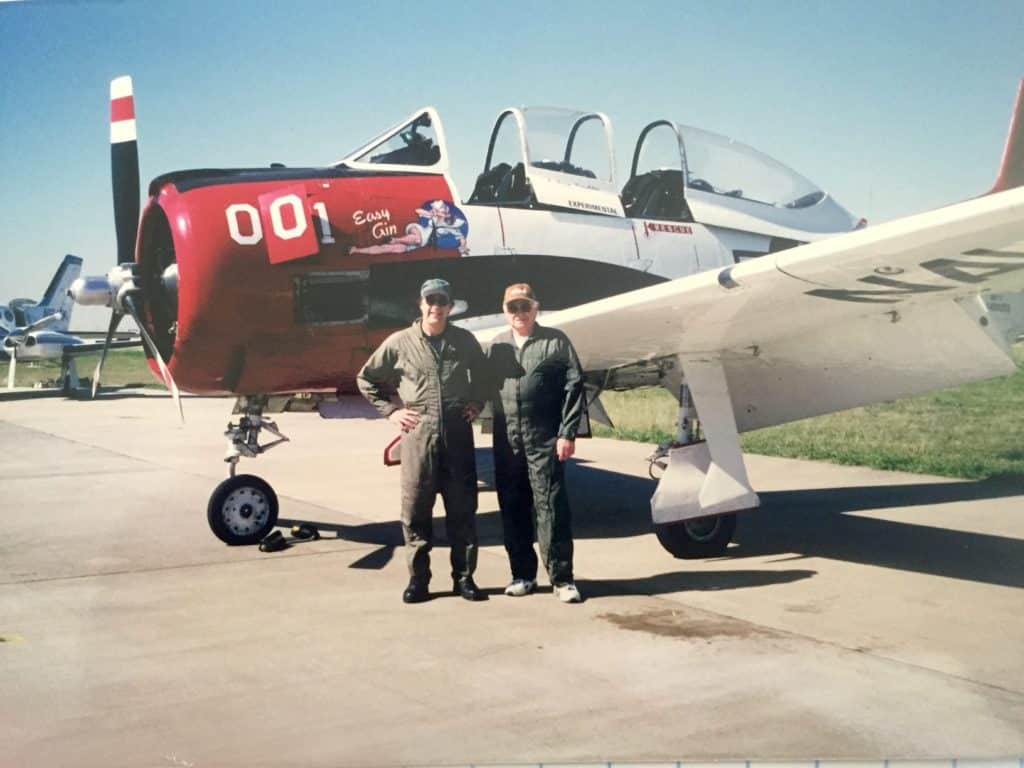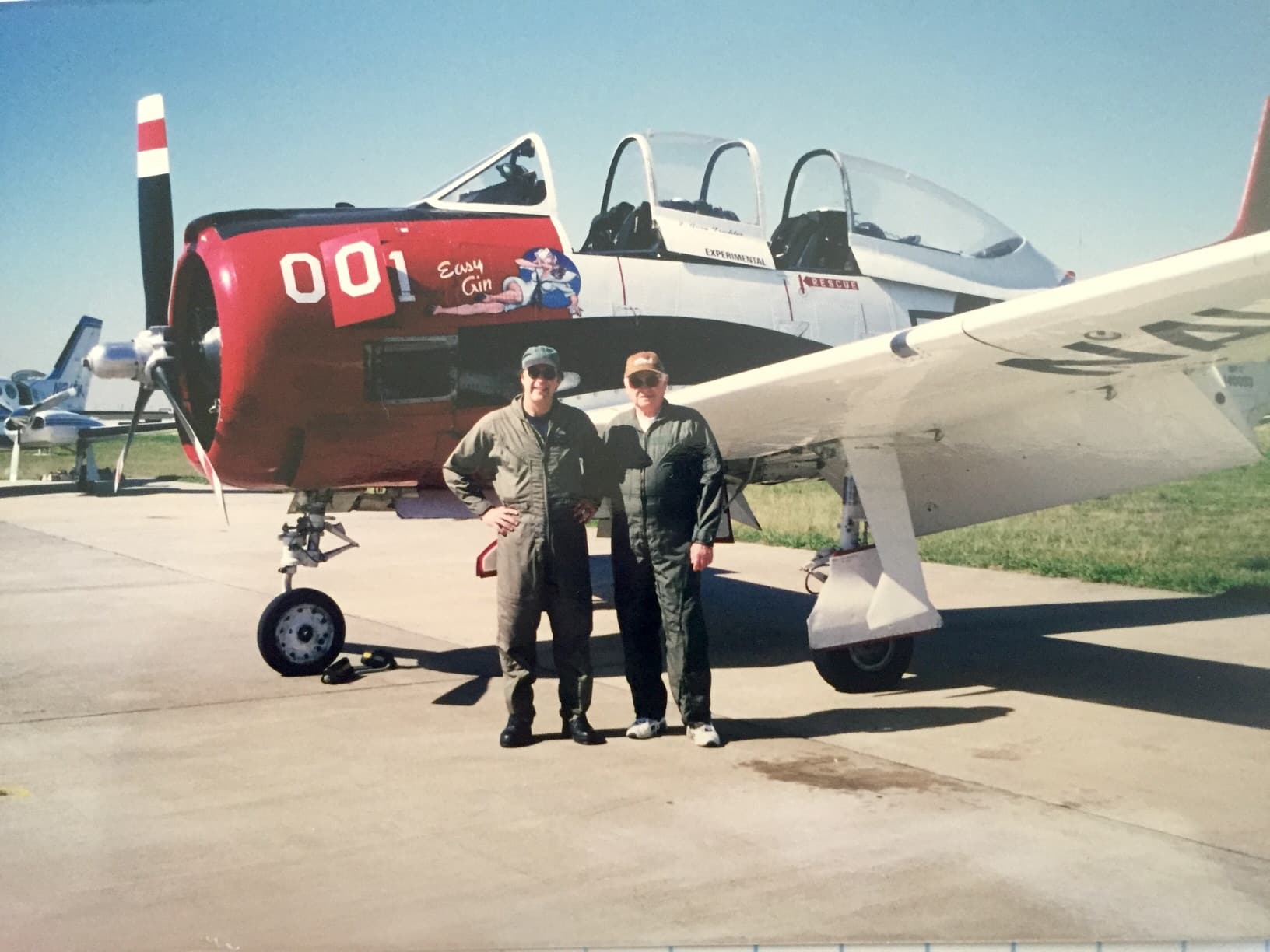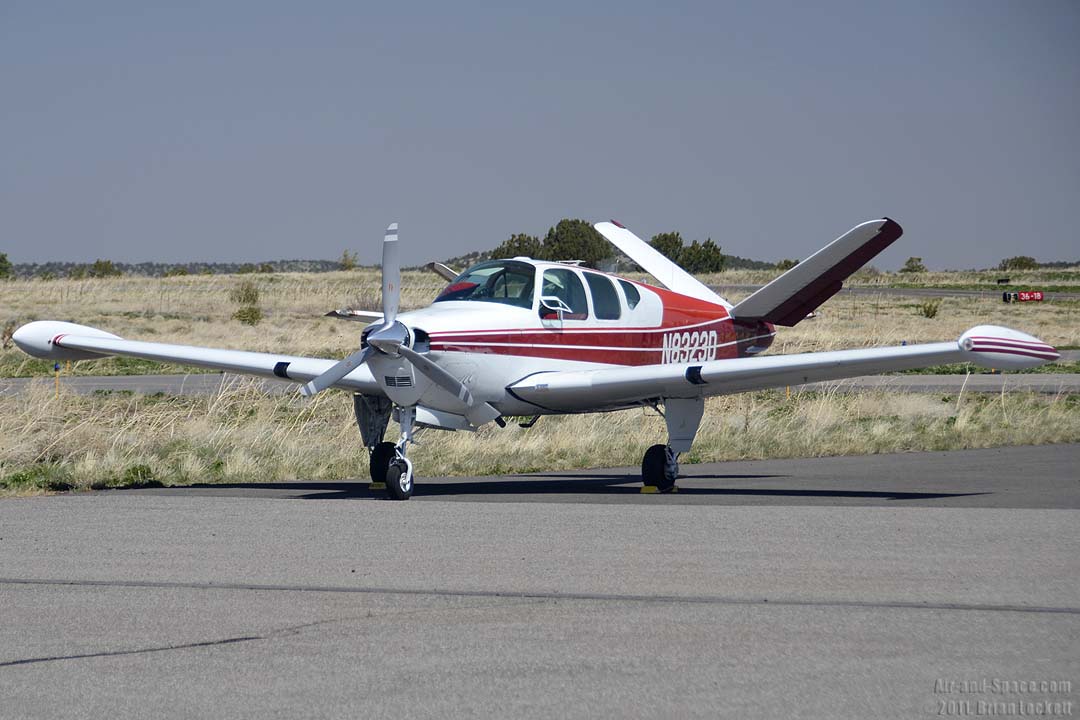
- HOME
- DWI
- What Is A DWI Specialist
- Arrested For DWI?
- DWI 2nd Offense
- DWI 3rd Offense
- Penalties For DWI
- Prior DWI Convictions
- DWI (Driving While Intoxicated)
- DUI (Driving Under The Influence)
- Drunk Driving Lawyer
- .08 Alcohol Concentration
- Felony DWI
- DWI with Child
- Intoxication Assault
- Intoxication Manslaughter
- DWI with CDL
- DWI Expunction
- Drivers License Suspension & ALR
- Impaired Driving vs Drunk Driving
- DWI & Gun Ownership
- Public Intoxication
- BWI (Boating While Intoxicated)
- FWI (Flying While Intoxicated)
- Drug Possession
- AVIATION
- REVIEWS
- PAYMENTS
- INFO
- ABOUT
- About Us
- DWI Specialist J. Gary Trichter
- DWI Lawyer Leslie LeGrand
- DWI Lawyer Aaron White
- DWI Lawyer Gregory Houlton
- Of Counsel Attorneys
- CONTACT
- HOME
- DWI
- What Is A DWI Specialist
- Arrested For DWI?
- DWI 2nd Offense
- DWI 3rd Offense
- Penalties For DWI
- Prior DWI Convictions
- DWI (Driving While Intoxicated)
- DUI (Driving Under The Influence)
- Drunk Driving Lawyer
- .08 Alcohol Concentration
- Felony DWI
- DWI with Child
- Intoxication Assault
- Intoxication Manslaughter
- DWI with CDL
- DWI Expunction
- Drivers License Suspension & ALR
- Impaired Driving vs Drunk Driving
- DWI & Gun Ownership
- Public Intoxication
- BWI (Boating While Intoxicated)
- FWI (Flying While Intoxicated)
- Drug Possession
- AVIATION
- REVIEWS
- PAYMENTS
- INFO
- ABOUT
- About Us
- DWI Specialist J. Gary Trichter
- DWI Lawyer Leslie LeGrand
- DWI Lawyer Aaron White
- DWI Lawyer Gregory Houlton
- Of Counsel Attorneys
- CONTACT
THE POOR MAN’S P-51: THE T-28 TROJAN

THE T-28 TROJAN – Which One Of You That Have Gone To An Airshow Have Dreamed Of Owning An Old Military Plane?
The Honest Answer Is That We All Have Because There Is Just Something Extra Appealing About The Looks, Sounds, And Flying Characteristics Of Warbirds.
Being An Aviation Enthusiast, I Have Either Owned Or Partnered A Bonanza 35M, A Pitts S1T.
A Baron 55D And A Twin Jet Hispanic Aviacion Casa Saeta HA200.
All These Planes Were Great In Their Own Way, But They Just Didn’t Have “The Right Stuff” To Satisfy My Aviation Itch.
Having A Father Who Earned Some Time In B-25’S In W.W.II, Reading About Warbirds, And Regularly Visiting Aviation Museums And Airshows, I Felt A Need To Explore Satisfying My Plane Itch By Getting Into A Warbird.
Indeed, Thinking “Like Father, Like Son,” I Volunteered A Lot Of My Time And Money To An Aviation Museum And Its B-25.
Politics And More Politics, However, Made Me Realize That A Large Group Run Bomber Was Not For Me.
Accordingly, I Began To Look For A Sexy Military Plane That I Not Only Would Enjoy Flying And Sharing But Also, Would Not Financially Break Me.
Further, Not Being A Military Pilot, I Also Wanted A Bird That Would Be Forgiving.
Of Course, These Limitations Eliminated A B-25 Because It Was, At A Minimum, A Two-Pilot Aircraft And Cost Prohibitive For One Person In Terms Of Acquisition, Maintenance And Hangar.
The P-51 Mustang, F4U Corsair, Bear Cat, Wildcat, Hellcat, P-32 Lightning, P-40 Warhawk, P-63 King Cobra, Lockheed T-33, And North American F-86 Were All Without Doubt Sexy Enough, But Not Being Independently Wealthy Or A Recent Lottery Winner, The Acquisition And Maintenance Costs Were Impracticable.
Further, Absent Some Major Modification, You Simply Could Not Share The Thrill Of These Birds By Bringing Along A Passenger-Copilot.
What Were Left Then Were The Trainers, I.E., The North American T-6s, T-28s, And The Beechcraft T-34s.
Each Of These Planes Could Be Shared, They All Had Military History, And Parts Were Prevalent For Each.
Moreover, They Were Somewhat Forgiving As Trainers And Yet They Were Aerobatic, And Though Not Cheap To Operate To, Insure To And Purchase, They Were Priced Within Reason When Compared To Fighters, Pursuit Planes Or Jets.
Having Narrowed The Field, I Began To Talk To Trainer Owners About The Various Types Of Birds.
I Also Did Article, Book, And Internet Research On Them.
Additionally, I Specifically Read The POH For Each Aircraft And Demo Flighted Several Variants Of Each Trainer.
Two Additional Considerations I Had Were Range And Speed, Which Knocked The T-6 Out Of The Running Because It Locked Both.
Lower Speed And A Higher Purchase Price Narrowed The Field Again By Eliminating The T-34.
Robert Genat’s Book Final Tour Of Duty, North American’s T-28 Trojans Was The Turning Point In My Decision To Select The T-28.
Genat Writes That Comparison Flight Tests Not Only Demonstrated That The Trojan Can Out Climb, Out Roll And Out Turn A Mustang, But Also, That It Had A Very Colorful Quiet Career As An Actual Warbird. Indeed, Says Genat, The
“T-28 Is Arguably The Best Kept Secret In Aviation ***[A]Nd May Be The Most Complex Propeller Driven Warbird Around, But It Is Also One Of The Easiest To Maintain.”
The Choice Made, As A Precaution Against Nativity And Compulsion, I Decided To Go To School Before I Became A Sorry Buyer.
Yes, That’s Right, I Went To A T-28 School Called Darton For 5 Days.
I Also Chose To Do This Because I Wanted To Know More About Radial Engines And What To Look For In Making A T-28 Purchase.
As It Turned Out, This Was An Excellent Decision Because The School Is Designed To Have The Student To Fly Safe And Buy Safe.
Not Only Was The Proper Care And Feeding Of The Trojan Discussed, But Also, We Learned The Differences Between T-28 Models A, B, C, D, And F, The Respective After Market Options, And Most Importantly, Pre-Purchase Inspections, Maintenance, Parts, Training, Networking, And Support. My Weeklong Class Was Comprised Of 15 Students, Two Of Which Have Become My Best Friends.
Moreover, It Is Not Uncommon To See Others In The Class At A Major Airshow Or At Formation Training Or A Proficiency Gathering.
One Of The Largest Gathering Of T-28’S Takes Place At Kenosha, Wisconsin In July Where Formation Training Occurs To Ready The Birds And Pilots For Oshkosh.
This Year 18 T-28’S Showed Up And It Was A Great Time.
Darton Is Now Called Warbird Solutions, L.L.C. And Is Owned And Operated By Courtesy Aircraft In Rockford, Illinois.
The School Is Now Four Days Long.
Information Can Be Obtained From John Kraman At 1-800-426-8783.
You Can Also See A Profile On The T-28 On Courtesy’s Website: www.courtesyaircraft.com
Most T-28 Owners Also Belong To The North American Trainer Association (NATA).
Texan, Mustang, And Mitchell Owners Also Belong To NATA.
This Organization Maintains And Issues A Membership Directory With Names, Addresses, Phone Numbers, And E-Mail Addresses.
Here, T-28 Operators, Owners, And Mechanics Can Put Out A Request For A Part, Information, And/Or A Good Place For A $100.00 Hamburger And Get Almost An Instant Response From One Of Our Members.
NATA Also Publishes A Great Periodic Magazine That Has Regular Articles On The Maintenance And Flying Of North American Aircraft.
It Has Real Combat History
From A Historical Basis, The T-28 Simply Is Not As Well Know As The WWII Fighters Who Were Glamorized In Hollywood Productions Over The Last 60 Years.
The Trojan, However, Was Never Designed To Be A Fighter, But Rather, A Trainer.
Indeed, North American Designed It To Be A Complex Trainer To Help Jet Pilot Candidates Transition Into The F-86 And F9F.
Nevertheless, The Trojan As A T-28F, Or Fennec, First Went To War In Algeria In 1961-62 Under The French Flag.
During The Same Period, T-28Bs, Flown By The Vietnamese Air Force, Also Saw Combat.
The Trojan Became A Real Combat Warbird For The U.S. Military In The Vietnam Conflict.
These Were The AT-28D (“A” Meant “Attack”) Models Which Were Fitted With…
- Armor Plate
- Self-Sealing Fuel Tanks
- Strengthened Wing Spar
- Three Hard Points
- A .50 Caliber Machine Gun Per wing
- An Extraction Seat With Zero-Zero Capability Called A “Yankee Extraction Seat.”
These T-28’S, Renamed “Tangos” By Their Pilots, Saw Action With A Group Called The Ravens.
The Actions Of The Tangos And Their U.S. Pilots Is Best Documented In A Book Entitled Ravens By Christopher Robbins Wherein He Tells About The Secret U.S. War In Laos.
Robbins Chronicles That American Pilots Went Into Laos As Part Of What Was Coded The Steve Canyon Program To Act As Advisers And Trainers For Laotian Pilots As Well As To Act As Forward Air Control (FAC) For Our Air Force Aircraft Flying Out Of Thailand And Vietnam.
T-28Ds Saw Additional Combat At The Same Time When Flown By The Royal Laotian Air Force (RLAF).
Indeed, These Pilots Flew More Than A 100 Missions Per Month, And One Legendary RLAF Pilot, Lee Lue, Flew More Than 5000 Combat Missions.
Life Begins And Ends As A Trainer
The Trojan First Entered Service As The T-28A In 1950 As An Air Force Trainer.
It Was The Last Single Radial Engine Aircraft Designated By The Military. The Air Force Purchased 266 A-Models To Replace The T-6s As Transition Trainers To F-80s, F-84s, And F-86s.
These Models Were Under Powered With An R-1300 Wright Cyclone Which Produced Only 800 Hp.
The Air Force Flew The A-models Until 1956 When They Were Replaced By The Beechcraft T-34 Mentor.
These Birds Then Went To National Guard Units Or To Davis-Monthan Air Force Base To Be Mothballed Or Were Given Away By Our Government As Part Of A Foreign Assistance Program.
Of Interest, Is That The T-28A Was Modified And Became The Fennec Which Became The First Trojan Warbird.
In 1953, The U.S. Navy, Believing The Air Force’s A-Model Was Under Powered, Modified And Flew The First T-28B.
This Aircraft Differed Substantially From The A-Model’s 7 Cylinder Motor In That It Now Carried A 9 Cylinder R-1820 Wright Cyclone Engine Which Boosted Hp To 1,425 And Increased Top Speed To 346 Mph From 292 Mph.
It Also Went To A 3-Blade Prop From A 2 Blade.
These engines And Prop Changes Increased The B Models Service Ceiling To 37,000 Feet, A 6,000-Foot Increase Over The A-Model.
Interestingly, It Was Bob Hoover Who Was The Test Pilot For The T-28B.
The Navy Purchased 466 B-Models.
Understanding A Good Thing When They Saw It, The Air Force And Army Also Purchased B-Models.
In 1955, Delighted With The Performances And Maintainability Of The B-Model, But Desiring The Ability To Train Its Pilots For Carrier Take Off And Landings, The Navy Ordered Yet Another 299 Trojan Variants, The T-28C.
Generally Speaking, The C Had A 7” Shorter Prop, A Speed Brake On Its Belly, A Smaller Nose Wheel, And A Tail Hook.
The Navy Retired Its T-28s In 1982.
Its Replacement Was The T-34C And The T-2 Buckeye.
SPECIFICATIONS & FLYING CHARACTERISTICS FOR THE T-28C
Whether VFR Or IFR The T-28, At 8,000 Plus Pounds, Is A Very Stable Platform.
Indeed, Between 1970 And 1980, The National Science Foundation, In A Study Of Hail, Used A Modified T-28B To Successfully Penetrate More Than 750 Thunderstorms.
This Test Plane Was Struck Several Times By Lightening.
At 170 Knots, The Trojan Is A Great Cross-Country Bird Affording A Terrific View To Both Pilots.
True Airspeed, However, Ranges From 190 To 260 Knots Depending On Altitude, Your Power Setting And The Size Of Your Gas Credit Card.
It Has Enough Luggage Space To Carry Several Suitcases, Duffel Bags, And A Kitchen Sink.
Its Superb Visibility, Predictability, Flight Control, And Throttle Response Make It Wonderful For Formation Flight.
It Is A Plane That, When Properly Trimmed, Can Literally Be Flown With Two Fingers No Matter Whether You’re Going Fast Or Slow.
Of Course, That’s How A Trainer Is Supposed To Fly And This One Does Just That.
Robert Genat In Final Tour Of Duty Writes About The Trojans Flying Characteristics:
“Because Of Its Hot Performance, A Mustang Can Get A Relatively Inexperience Pilot Into Trouble Quicker And More Seriously Than A T28 Can. Remember Though, The Mustang Was A Fighter Not A Trainer. From The Standpoint Of Flyability, The Mustang Lacks The Control Harmony Of The T-28. You Have To Fly The P-51 More Purposefully, Always Aware That Little Things Can Upset The Mustang, The Rudders Have One Pressure, The Elevators Another, And The Ailerons A Third. The Mustang Is Also Less Neutrally Stable, Like Most Fighters. The Mustang Will Spin Inverted, The T-28 Won’t.“
A Few Years Ago, A Comparison Test Was Conducted In An Attempt To Settle Once And For All Which World War II Aircraft Was Best.
The Aircraft Chosen For The Test Were A P-51, A P-47, A F6F Hellcat, And A F4U Corsair.
There Were Evaluated As A Test Pilot Would Have Evaluated Them On Ground Handling, Visibility, Cockpit Layout, Dogfighting, Tracking, Turning, Accelerating, Acceleration In A 1-G Pushover, Climbing Rate, And So On.
The Pace Plane For The Test Was A T-28.
The T-28 Was Not Being Compared Officially, But Such Observations Naturally Occurred During The Evaluation. The Only Warbird That Could Out climb The T-28 Was The F6F Hellcat.
In The Dive, The T-28 Stayed With The P-51, To The T-28’S Redline. The T-28 Had The Best Roll Rate.
For The Dogfight Sequence, The T-28 Was The Target Airplane.
Every Time The P-51 Tried To Track The T-28 Through A Level 4-G Turn, The Mustang Slipped Out.
True, The T-28 Is A More Modern Airplane, And You Might Expect Better Performance With Successive Designs, But Is Makes A Great Story When A T-28 Cleans A P-51’S Clock.
Warbird Owners Described The T-28 As A Real Cadillac In Its Handling.
The Whole Craft Is Designed Around Its Engine.
It Certainly Doesn’t Fly As It Looks, Stubby And Chunky, Not At All Pretty On The Ground, And It Doesn’t Sound Too Good, Either.
But In The Air, It’s A Thoroughbred.
Drive A Mustang, A T-6 Or A T-34 Above 200 To 250 Knots, And Their Controls Get Very Heavy.
Take A T-28 Out To The Redline And You Can Still Fly It With Two Fingers, Just As If You Had Serve-Boosted Controls.
It’s A Sweet-Flying Airplane.
From An Aerobatic Point Of View, The T-28 Can Hold Its Own With Any Of The Warbirds.
It Is Certified For The Following Aerobatic Maneuvers If Kept Within Plus 4gs And Negative 2g:
- Inverted Flight (Not To Exceed 10 Seconds)
- Loop
- Immelmann Turn
- Aileron Roll
- Wing-Over
- Chandelle
- Spin (Except That Intentional Inverted Spins Are Not Permitted)
- Barrel Roll
- One-Half Cuban Eight
It Is, However, Limited To Ten Seconds Of Inverted Flight Because The Engine Oil System Is Not Designed For It.
Take Offs And Landings In The T-28 Are Exhilarating, Predictable, And Easy.
Properly Trimmed For Climb, Descent And Torque (Remember, You Have 1,425 Hp At S.L., So 5° Right Rudder Is Required For Take Off), The Bird Will Fly Off And On The Runway By Itself.
Three Closing Notes: First, With The Advent Of “Darton Clean Kits”, The Radials Reputation As An Oil Leaker Does Not Apply So The Trojan And Its Hanger Remain Relatively Clean.
Second, The Design Around The T-28 Was To Improve Its Maintainability And Serviceability.
Its Clam Shell Cowling Affords Easy Engine Access As Does Its Nose Wheel Well Engine Back Door.
Third And Last, The T-28 Is The Best “Friend Maker” I Have Ever Known.
Everyone In The T-28 Community Is Professional, Helpful, And A Sincere Friend. Come Join Us.
* J. Gary Trichter Is A Lawyer Who Lives In Houston. He Is A 2000+ Hour Pilot Who Holds An Airplane CFI, CFII, MEI, LOA’s For T-28’S And HA200 As Well As A Helicopter Private Pilot Rating. The Author Wishes To Thank Phillip Fox Of Houston, NASA Superstar, For His Help And Insight With The Article Layout.
TELL US ABOUT YOUR CASE
Use the form to request your free consultation to discuss your case with one of our attorneys. The use of this form does not establish an attorney-client relationship.
The information on this website is for general information purposes only. Nothing on this site should be taken as legal advice for any individual case or situation. This information is not intended to create, and receipt or viewing does not constitute, an attorney-client relationship.



